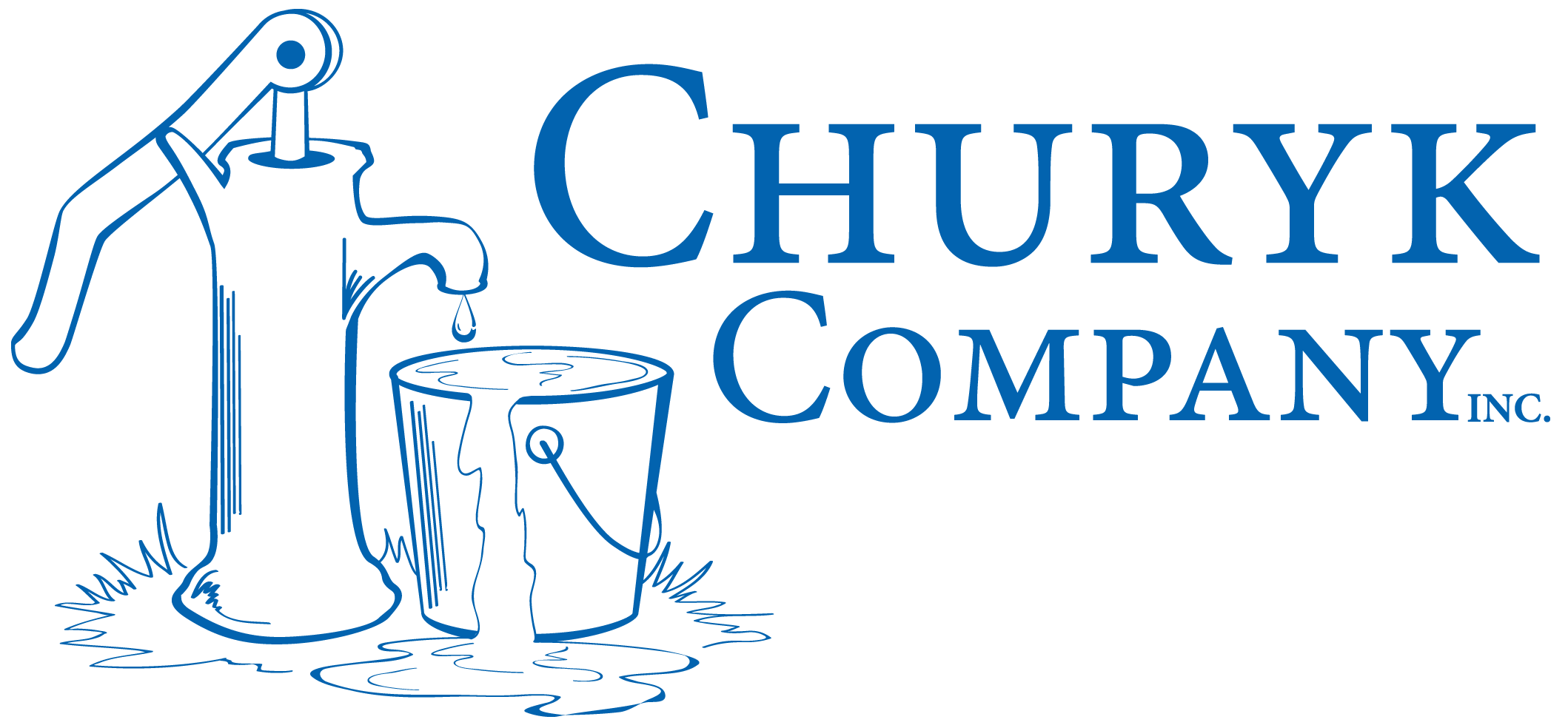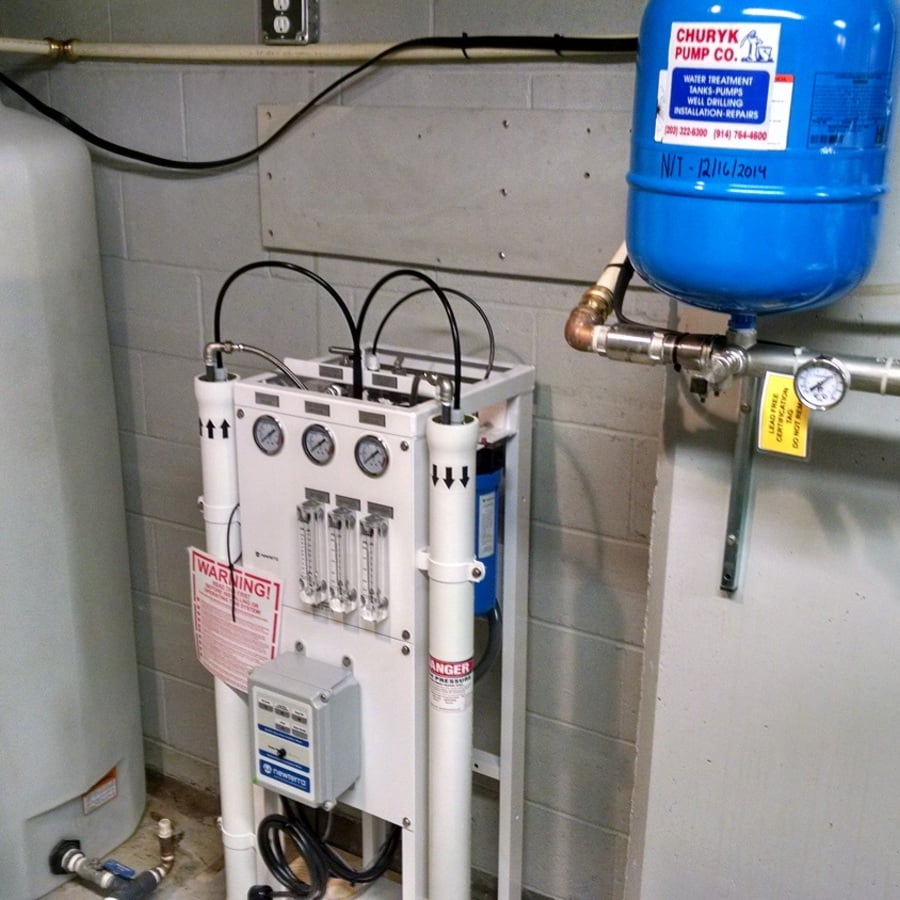What is ReverseOsmosis (RO)
Reverse osmosis (RO) is a water purification technology that uses a semipermeable membrane to remove ions, molecules, and larger particles from drinking water. In reverse osmosis, an applied pressure is used to overcome osmotic pressure, a colligative property, that is driven by chemical potential differences of the solvent, a thermodynamic parameter. Reverse osmosis can remove many types of dissolved and suspended species from water and is used in both industrial processes and the production of potable water. The result is that the solute is retained on the pressurized side of the membrane and the pure solvent is allowed to pass to the other side. To be “selective”, this membrane should not allow large molecules or ions through the pores (holes), but should allow smaller components of the solution (such as solvent molecules) to pass freely.
In the normal osmosis process, the solvent naturally moves from an area of low solute concentration (high water potential), through a membrane, to an area of high solute concentration (low water potential). The driving force for the movement of the solvent is the reduction in the free energy of the system when the difference in solvent concentration on either side of a membrane is reduced, generating osmotic pressure due to the solvent moving into the more concentrated solution. Applying an external pressure to reverse the natural flow of pure solvent, thus, is reverse osmosis. The process is similar to other membrane technology applications. However, key differences are found between reverse osmosis and filtration. The predominant removal mechanism in membrane filtration is straining, or size exclusion, so the process can theoretically achieve perfect efficiency regardless of parameters such as the solution’s pressure and concentration. Reverse osmosis also involves diffusion, making the process dependent on pressure, flow rate, and other conditions. Reverse osmosis is most commonly known for its use in drinking water purification from seawater, removing the salt and other effluent materials from the water molecules.
How ReverseOsmosis Works
Reverse osmosis can tame some very challenging water by reducing dissolved solids levels by almost 100% and removing arsenic, nitrates, and lead, and other problem contaminants, but the RO membranes themselves must be protected from contaminants like iron, hardness, manganese, turbidity, silica, and chlorine. Pretreatment can require an iron filter, a water softener, sediment filtration and/or chemical scale inhibitors. Pretreatment is not optional. Although the RO unit can itself remove the calcium that causes hardness scaling, untreated hardness will eventually scale the membrane, and membrane replacement is costly. Keep that in mind when considering a whole house RO installation. Consider, too, that iron filters and softeners have to be allowed some time to regenerate themselves when the RO unit is not running. This can affect sizing.
RO water is naturally low in pH, so it often a good idea to send it through a small neutralizing filter (usually calcite) to bump the pH back into the 7 range. This protects plumbing fixtures and can make the water more aesthetically pleasing. Also, after the water has been stored in a tank, a small carbon postfilter will improve the taste. Finally, an ultraviolet lamp can assure safe, bacteria-free water. Calcite, carbon filters, and UV are all optional, but you should consider them seriously.

